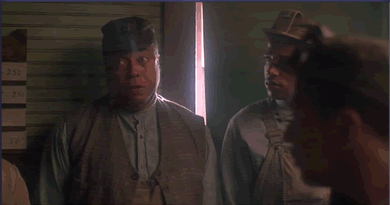|
|
|
|
|
|
|
|
|
|
|
|
||||
|
|
|
|||||
|
|
|
|
English > Art > |
|
|
|
|
|
|
|
|
|
|
|
|
|
Reflect of the workers' movement in cinema - two examples |
|
|
|
Matewan |
|
|
|
This film by director John Sayles, released in 1987, is inspired by events that happened in 1920 in the town of Mingo County (West Virginia) in the USA. It's about a conflict opposing the miners of the Stone Mountain Coal Company to their employer. |
|
|
|
|
|
|
|
|
|
|
|
|
|
|
|
|
|
|
|
|
|
|
|
|
|
|
|
|
|
|
|
|
|
|
|
|
|
|
|
|
|
|
|
|
|
|
|
|
|
Some historical information:United Mine Workers of America: Matewan West Virginia Department of Health and Human Resources: May 19, 1920: Matewan Massacre West Virginia Division of Culture and History: The United States Army and the Return to Normalcy in Labor Dispute Interventions: The Case of the West Virginia Coal Mine Wars, 1920-1921 |
|
|
|
The Salt of the Earth |
|
|
|
This film by Herbert Biberman, produced in 1954 with the participation of the International Union Of Mine, Mill and Smelter Workers, is based on a strike of the miners of the Empire Zinc Mine de Silver City, New Mexico. |
|
|
|
|
|
|
|
|
|
|
|
|
|
|
|
|
|
|
|
|
|
|
|
|
|
|
|
|
|
|
|
|
|
|
|
|
|
Some historical information: |
|










